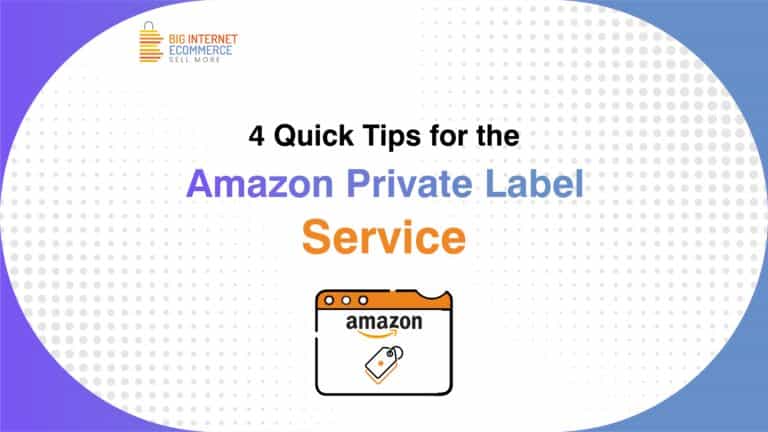Every day, new sellers come onto the Amazon marketplace. You need to constantly keep an eye on what your rivals do. To get an advantage, you must fully comprehend what your rivals are doing including how they price their goods, where they source them, how they manufacture them, how they market them, what is written about them in their listings, and so on. When selling on Amazon, competitor analysis is a crucial component of the jigsaw.
How to Conduct Amazon Competitor Research?
- It is crucial to know the keywords your rivals rank for. You must be certain that you’re targeting the appropriate keywords and keyword phrases if you want your products to appear when a customer searches for that item. Otherwise, you risk losing out on possible sales and impressions. Although you don’t need software tools to determine the keywords you want to target, using keyword research tools can help you save time and effort.
- Examine the listings of your rivals. This can help you find any potential flaws in their listings. Are images in photographs of poor quality? Are certain product details missing from listings? Do goods have a poor rating? When it comes to listing optimization, you can gain knowledge from what your rivals are doing and apply it to improve your own listing through proper Amazon listing creation.
- Keep an eye on competitive pricing. Client buying behavior is influenced by pricing on Amazon. Customers will almost certainly choose the less expensive choice if they see two comparable products with comparable review ratings. Having said that, you still need to turn a profit. To ascertain a product’s long-term viability, comprehending a certain market’s price history is critical. It might not be a smart idea to enter a market if the price of the goods you’re selling or are interested in selling changes regularly.
- Observe the monthly sales of your competitors. Observing your competitors’ sales can help you understand how much inventory they are moving and how much profit they may be expecting to make. Additionally, it reveals the health of the market or specialty in question. A market with a downward trend or little demand is not one you want to enter. You can be more sure that the product you choose to offer will sell if you keep track of sales. An unpopular product launch is the very last thing you want to accomplish.
- Find out how your competitors sell their goods. The branding and marketing of your items and those of your competitors may play a major role in a customer’s choice to buy. This depends on the writing style used in the product descriptions, product photos, packaging design, Amazon A+ content, and customer communications from the company. Examine their marketing initiatives outside of Amazon, such as their social media presence. E-commerce and brand visibility are significantly impacted by social media.




